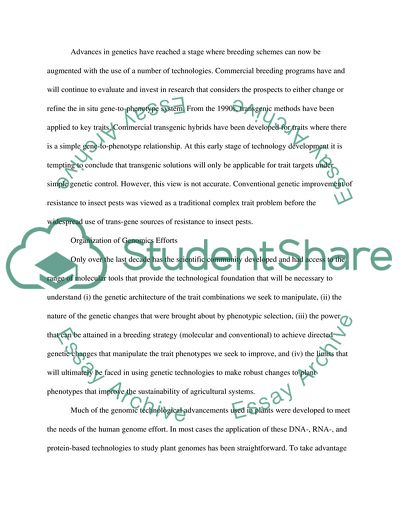Cite this document
(“Genetically Engineered Crops Essay Example | Topics and Well Written Essays - 2500 words”, n.d.)
Genetically Engineered Crops Essay Example | Topics and Well Written Essays - 2500 words. Retrieved from https://studentshare.org/agriculture/1535223-genetically-engineered-crops
Genetically Engineered Crops Essay Example | Topics and Well Written Essays - 2500 words. Retrieved from https://studentshare.org/agriculture/1535223-genetically-engineered-crops
(Genetically Engineered Crops Essay Example | Topics and Well Written Essays - 2500 Words)
Genetically Engineered Crops Essay Example | Topics and Well Written Essays - 2500 Words. https://studentshare.org/agriculture/1535223-genetically-engineered-crops.
Genetically Engineered Crops Essay Example | Topics and Well Written Essays - 2500 Words. https://studentshare.org/agriculture/1535223-genetically-engineered-crops.
“Genetically Engineered Crops Essay Example | Topics and Well Written Essays - 2500 Words”, n.d. https://studentshare.org/agriculture/1535223-genetically-engineered-crops.


